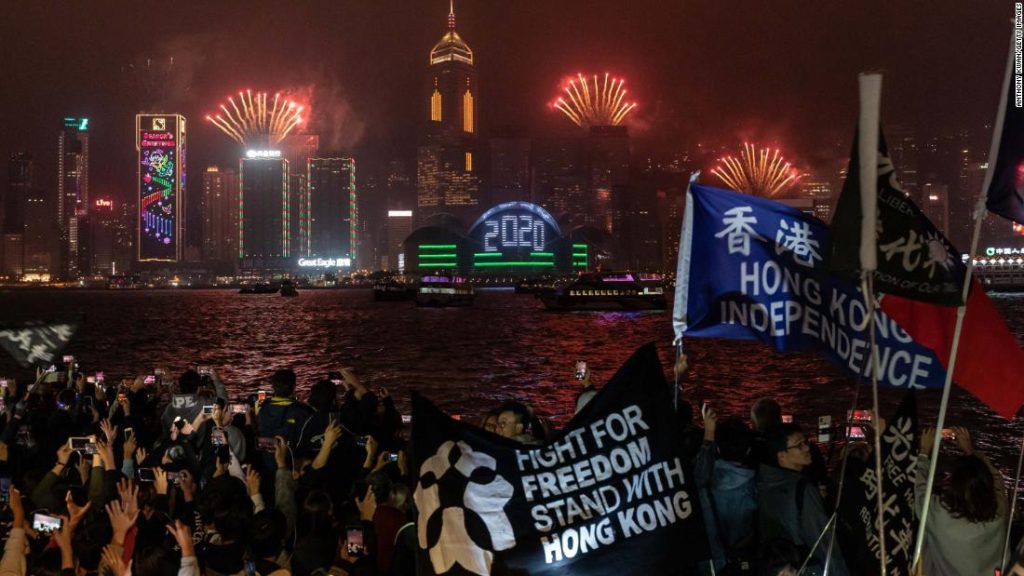Analysis: Xi Jinping brought Hong Kong to heel. Now he’s coming back to a city transformed

In his first trip outside mainland China since the start of the pandemic, Xi is coming to When Margaret Thatcher visited Beijing in 1984 to sign the Sino-British Joint Declaration for the handover of Hong Kong, Deng assured the British Prime Minister that “China will always keep its promises.””When we gave the figure of 50 years, we were not speaking casually or on impulse, but in consideration of the realities in China and of our need for development,” he Tens of thousands of citizens are voting with their feet, emigrating to democratic countries such as the United Kingdom, Canada and Australia.Responding to CNN’s request for comment on the city’s diminishing freedoms, a spokesperson for the Hong Kong government said: “Many freedoms and rights are not absolute, and can be restricted for reasons including protection of national security and public safety.”But Xi’s transformation of Hong Kong is not only about chipping away the freedoms it once had — it also seeks to reshape the city in China’s image and connect it more deeply with the motherland.Starting from this year, schools, including some kindergartens, are required to hold a ceremony to raise the national flag at least once a week, where the national anthem must be played and sung. In classrooms, national security education has been introduced to the curriculum to “develop in students a sense of belonging to the country, an affection for the Chinese people, a sense of national identity,” while books by pro-democracy figures, or others that are deemed politically sensitive, have been removed from the shelves of public libraries.Hong Kong police are now adopting the goose-stepping marching style of the Chinese army, abandoning the British style they have used since the colonial area.Days ahead of the 25th handover ceremony, the Wong Tai Sin temple, a Taoist shrine popular with local worshipers, became the first religious premise to hold a flag-raising ceremony in Hong Kong, after building a permanent platform for the Chinese and Hong Kong flags. Under Xi, Chinese flags have become ubiquitous at temples, churches and mosques across mainland China.Hong Kong officials speak proudly of efforts to embed Hong Kong deeper into China’s national economic master plans, including developing the Greater Bay Area — a region Beijing hopes will one day rival the bay areas of San Francisco, New York and Tokyo.In 2018, Xi officiated the opening of the Hong Kong-Zhuhai-Macau Bridge, the longest sea-crossing bridge ever built. The same year, the West Kowloon Station opened, connecting Hong Kong with the mainland by high-speed rail.Since the pandemic, however, both projects have lain mostly idle, due to strict border controls between Hong Kong and mainland China — the last places in the world still adhering to a stringent zero-Covid strategy.According to local media reports, Xi is expected to cross that border at least three times in his two-day trip, as he plans to spend the night in Shenzhen — without being subject to centralized quarantine like ordinary travelers.Meanwhile, across the border in Hong Kong, thousands of officials, guests and staff have begun quarantining in the city’s hotels since Wednesday, merely to attend the ceremony.Xi’s visit may be historic on many fronts, but for many Hong Kongers, his presence will only confirm how much has changed in so little time.




